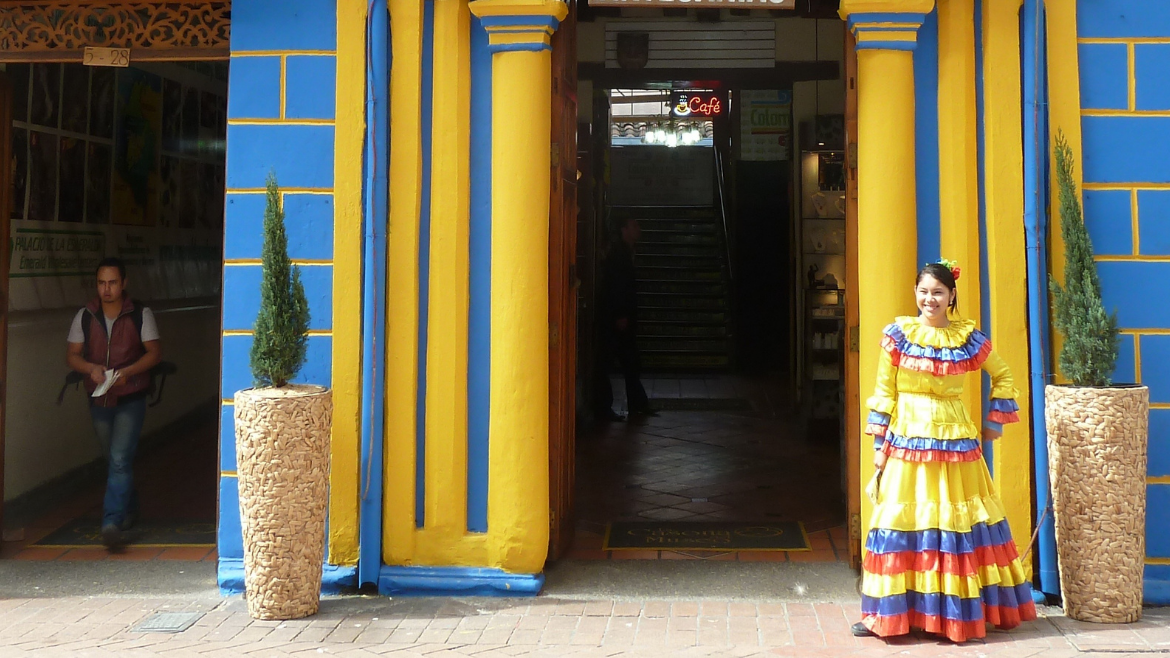Editor’s note: we will follow updates on Colombia and update this document.
Digital nomads—location-independent workers who travel around the world—have boomed during the pandemic. Worldwide, they have surpassed 100 million. By 2025, over 1 billion people will embrace this lifestyle, according to the Inter-American Development Bank.
Like many countries, Colombia wants to attract these high-skilled, high-income individuals who do not occupy local jobs. By designing a special migration regime and visa, Colombia seeks to become a hub for remote workers in South America.
It joins other countries in the region, such as Mexico, which offers a $44 temporary visa for remote workers, and Costa Rica, which welcomes them for up to one year if they can prove earnings of over $3,000 per month.
Governments in Ecuador and Panama have announced similar perks to attract digital nomads.
Content
- What is Colombia offering digital nomads?
- Is Colombia prepared for remote workers?
- What are other benefits for digital nomads in Colombia?
- What are some downsides associated with living in Colombia?
.
What is Colombia offering digital nomads?
On December 31, 2020, the Colombian Congress passed the Entrepreneurship Law, which includes a special regime for digital nomads, tech entrepreneurs, and remote workers. A new visa for the latter categories will allow them to stay between six and 12 months in Colombia.
The law covers “individuals who work remotely or independently” for foreign companies, distinguishing them from those who do work remotely for local companies and are covered by different legislation.
The Foreign Affairs Ministry is leading the effort to announce the visa in the coming months. The regime will include policies on taxes, data and intellectual property, safety and security, and a conduct code. Since the Colombian government is still working out the details, information on the price, requirements, and application process is not available yet. However, applying for this visa will be easier than for a common work visa.
Digital nomads must have international health-insurance coverage during their visit in Colombia.
.
Is Colombia prepared for remote workers?
Although the COVID-19 pandemic drove the adoption of remote work, this arrangement was not new in Colombia.
In 2008, the Colombian Congress passed a law to regulate “telework” as an alternative for Colombian private companies and public entities to boost productivity and improve work-life balance. It enabled labor protections and social security for teleworkers.
In 2012, the Colombian government issued further guidelines for companies willing to go remote. From just 31,553 formal teleworkers in 2012, the number rose fourfold to 122,278 by the end of 2018.
It was not until the pandemic hit Colombia that companies massively adopted remote work. During lockdowns, six out of 10 companies started rolling out some remote-work arrangement.
This trend spawned new market opportunities for coworking spaces, coffee shops, and even hotels that have set up services and infrastructure to serve remote workers, including digital nomads working on tourist visas, across Colombia.
There are over 100 coworking spaces across the country, 53 of them in the capital city Bogotá. Foreign companies such as WeWork, Co-Work Latam, Spaces, and Regus run most of the coworking spots.
Tinkko, with a presence in Bogotá and Medellín, is the sole Colombian firm in this niche. To remain competitive, Tinkko creates customized offers for clients and keeps prices low, starting from $53 per month.
Digital nomads can also opt for coliving spaces such as Selina and Masaya, where they can share accommodation with other guests for one week or more.
.
What are other benefits for digital nomads in Colombia?
No-visa tourism
Although digital nomads cannot yet apply for the special regime, Colombia allows travelers from several countries—including Australia, Singapore, EU nations, the United States, Canada, and other Latin American countries—to stay for 90 days without a visa. Nevertheless, visitors should monitor restrictions associated with the pandemic.
A thriving fintech sector
Digitized financial services are widely available. As of May 2021, Colombia had 322 registered fintech ventures, the third country in the region with the largest and most active fintech industry after Brazil and Mexico.
Favorable exchange rates
Digital nomads who earn in US dollars and other stronger currencies can live comfortably in Colombia. While the country’s annual inflation rate has remained steady at 4.5 percent in recent years, one can get a cappuccino for $1.13 and rent a small apartment for $260 per month.
Landscape diversity
Colombia stretches from the Pacific to the Atlantic oceans—with stunning beaches—and includes a large mountainous Andean region. Rainforests account for 41 percent of the territory, with extensive flora and fauna diversity. Aside from Bogotá, Colombia offers other prosperous and great cities to live in, such as Medellín, Cali, Santa Marta, Barranquilla, and Cartagena.
Low-cost airlines
Low-cost airlines are booming in Colombia after the VAT tax on plane tickets went down from 19 percent to 5 percent. In 2021, nine companies with competitive prices entered the market to offer domestic and international flights: VivaAerobus, Volaris, Ultra Air, JetBlue, Viva, Wingo, Spirit, SkyAirlines, and JetSmart.
.
What are some downsides associated with living in Colombia?
Political violence
Despite peace agreements, guerrillas and paramilitary groups still have a widespread presence in Colombia. They control drug production and drug-trafficking routes. Extortion of travellers passing through their territories, usually in remote rural areas and the cities’ outskirts, is not uncommon.
Nevertheless, crime and violence rates have decreased in recent years, and big cities and tourist zones are mostly secure. As in many countries in Latin America, digital nomads should avoid deserted and dangerous areas, travel by airplane between Colombian destinations when possible, and use safe transportation.
Connectivity
Internet connectivity outside major cities is deficient, and over 30 percent of the territory remains unconnected. The country’s average download speed is 10 Mbps.
Nevertheless, most restaurants, coffee shops, hotels, and coworking spaces in large cities offer acceptable internet services. Moreover, Colombia plans to roll out 5G networks by mid 2022, which will enhance connectivity.




